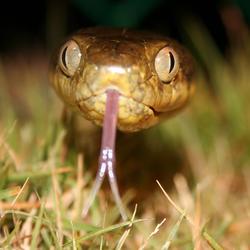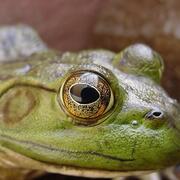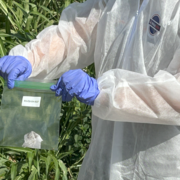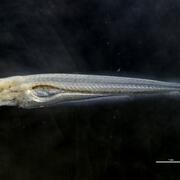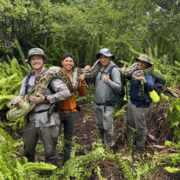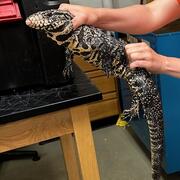Invasive Species
Explore USGS Invasive Species Research
This interactive geonarrative leads the viewer through an overview of USGS invasive species research
Looking for Spatial Data Related to Invasive Grass?
We can help you choose the right product
Invasive plants, animals, and other organisms enter and spread throughout the United States through many pathways. USGS invasive species research encompasses all significant groups of invasive organisms in terrestrial and aquatic ecosystems throughout the United States, directly supporting risk assessment, prevention, early detection, rapid response, monitoring, and control efforts.




